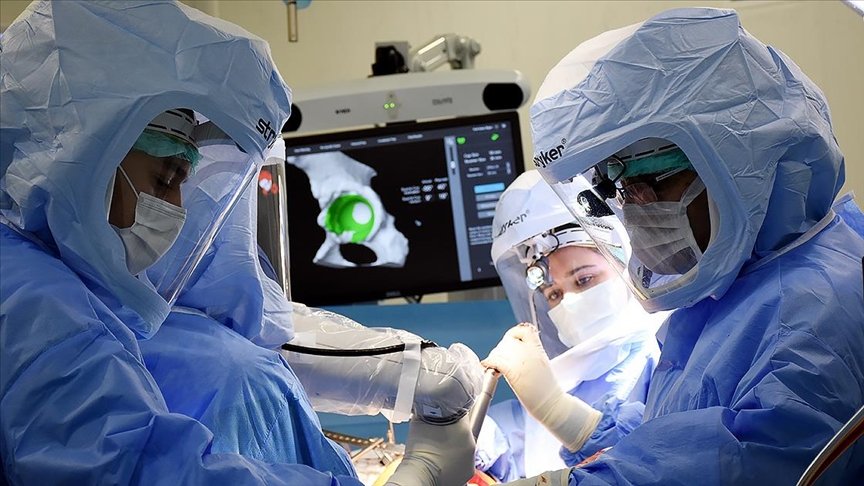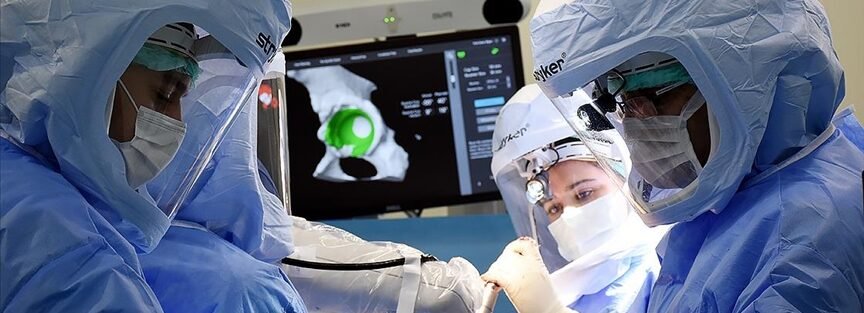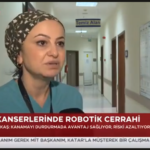Gynecology and Obstetrics Specialist Assoc. Prof. Dr. Sema Karakaş reported that robotic and laparoscopic technology is applied in cervical cancer in tumors smaller than 2 centimeters.

Istanbul
In a written statement made within the scope of "Cervical Cancer Awareness Month", Karakaş stated that cervical cancer is the most common type of gynecological cancer in undeveloped countries, while in developed countries, thanks to screening tests and vaccines, this cancer is seen in the 3rd frequency after "endometrium" and "ovarian" cancers.
Stating that women between the ages of 30-65 in Turkey are screened for cervical cancer by performing smear and HPV-DNA tests every 5 years, Karakaş noted that these tests are performed free of charge at cancer early diagnosis, screening and training centers (KETEM), community health centers (TSM) and family health centers (ASM).
Karakaş stated that preventive health, regular medical check-ups and the HPV vaccine are effective methods of combating this type of cancer, and that precancerous lesions are detected and treated with screening tests, thus preventing cervical cancer.
HPV vaccine provides over 90 percent protection
Sema Karakaş stated that the 9 HPV vaccine provides over 90 percent protection against cervical cancer when two doses are administered at the age of 11-12.
Stating that according to a study, the incidence of this cancer in Australia has halved thanks to vaccination, which has been routinely practiced since 2006, Karakaş said, "Cervical cancer usually does not show any symptoms in the early stages. However, it can be caught when pathology is detected in screening tests. In more advanced stages, it can be detected after application to the physician with complaints such as bleeding, bleeding after sexual intercourse, malodorous discharge or pain."
Prevention through screening and early detection
Karakaş stated that cervical cancer is limited to the uterus, surgery is performed if metastasis is not detected in the lymph nodes, and radiotherapy and chemotherapy treatments are applied in more advanced stages.
Karakaş stated that the standard treatment for this type of cancer is open surgery, while robotic and laparoscopic technology is applied for tumors smaller than two centimeters:
"In recent studies, it has been determined that minimally invasive surgeries can be performed only in tumors smaller than 2 centimeters by taking certain precautions. Robotic surgery provides many advantages such as less pain and bleeding, earlier discharge from the hospital and faster return to daily work. If public awareness is ensured, cervical cancer, which most frequently affects the 35-44 age group, can be prevented thanks to vaccination, screening and catching it at an early stage."




